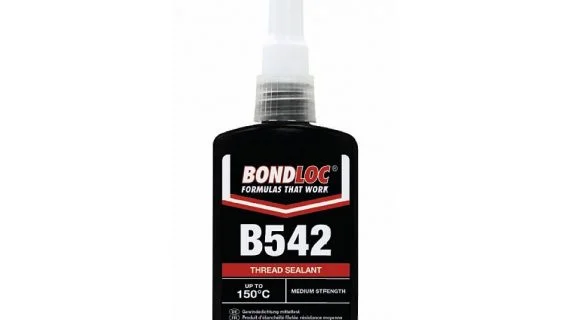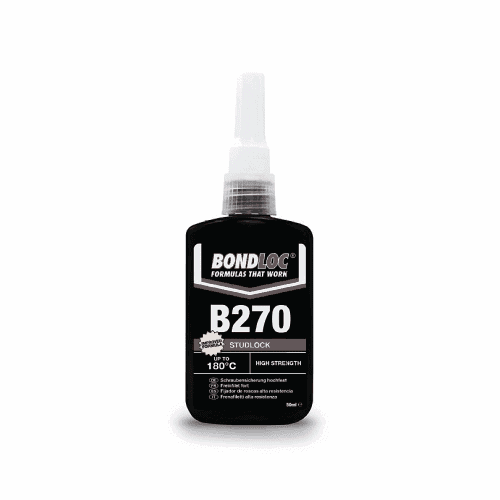Thread Locking – Why It's Essential in Bolted Assemblies
Thread locking is a key component in any bolted connection. It must:
-
Work reliably under all operating conditions
-
Allow repeated assembly and disassembly
-
Be safe in any position
-
Avoid thread damage
-
Not weaken the joint
Common Methods of Thread Locking
Some of the most common techniques include:
-
Lock washers
-
Serrated washers
-
Castle nuts with split pins
-
Safety wired bolts
-
Spring washers
-
Locknuts (double nuts)
Elastic Locking
This method increases elasticity in bolted connections by compressing material layers. It helps maintain clamping force and reduces loosening from vibration. However, it doesn’t fully prevent slipping under dynamic loads. Examples include high-rigidity spring or conical washers.
Preventing Complete Thread Disengagement
This approach allows slight loosening but prevents full disengagement. Examples include castle nuts, wire locks, split pins, and threaded inserts. While effective against component loss, it's not ideal for maintaining preload force.
Anaerobic Threadlockers
Brands like Loctite offer single-component threadlockers that fill microscopic gaps between threads and cure in the absence of air when in contact with metal. This creates a durable, heat-resistant bond that prevents thread movement. Full surface coverage is crucial. Avoid substances like oil or solvents that may disrupt curing.
What Is a Bolt?
A bolt is a threaded fastener used in construction and mechanical engineering. They differ in size, head type, and material—stainless steel being the most common.
Why Stainless Steel Bolts?
Stainless steel is a low-carbon alloy resistant to corrosion, weather, acids, and bases. It contains at least 10.5% chromium, forming a thin, invisible, and self-healing layer of chromium oxide. Key advantages:
-
High corrosion resistance
-
Sleek appearance
-
Easy cleaning
-
Good machinability
-
Fully recyclable
-
Strong weight-to-strength ratio
Mechanical Properties of Bolts
Bolt strength depends on material and manufacturing process. Standard tensile strength is around 450–500 MPa (e.g., A1-50), while improved steels reach 700–800 MPa (e.g., C4-70). Cold-formed bolts offer better wear resistance and durability.
Trapezoidal Threaded Spindles
Common in industrial applications, they offer:
-
Self-locking properties
-
High strength
-
Excellent positional accuracy
Best combinations involve a steel spindle and a bronze nut with self-lubricating properties. In harsh conditions, plastic nuts are used. Nut strength depends on height—the taller the nut, the longer its lifespan. A safety nut can take over if threads wear or break.

